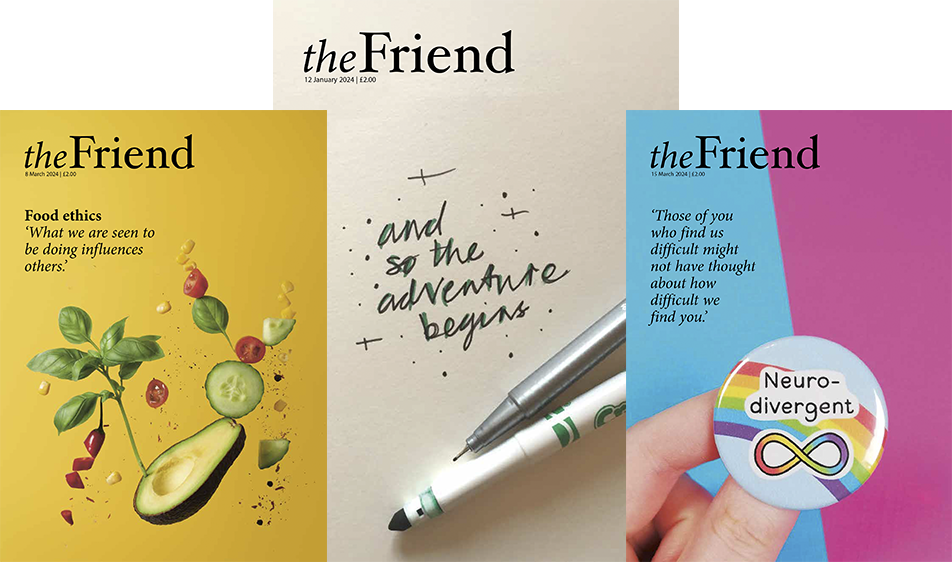Photo: Left: The mysterious ‘Sidney’, by Richard Kilbey. Courtesy of Norfolk and Waveney Area Meeting. Centre: Concert poster © The Moscow State Archive of Literature and Art. Right: Alexander Gavrilovich Sitnikov. Courtesy of the Sitnikovs’ private archive.
What’s in a name? Sergei Nikitin uncovers a nourishing story
‘The mystery was solved!’
In 2010, at the Samara Diocese headquarters, Viktor Moiseyevich Poletkin, the Russian Orthodox archbishop of Samara and Syzran, opened an exhibition of watercolours and drawings by the British Quaker Richard Kilby. ‘Our brothers in faith, Quakers’, said the Russian clergyman at the opening, ‘saved hundreds of thousands of Russians from starving to death.’
